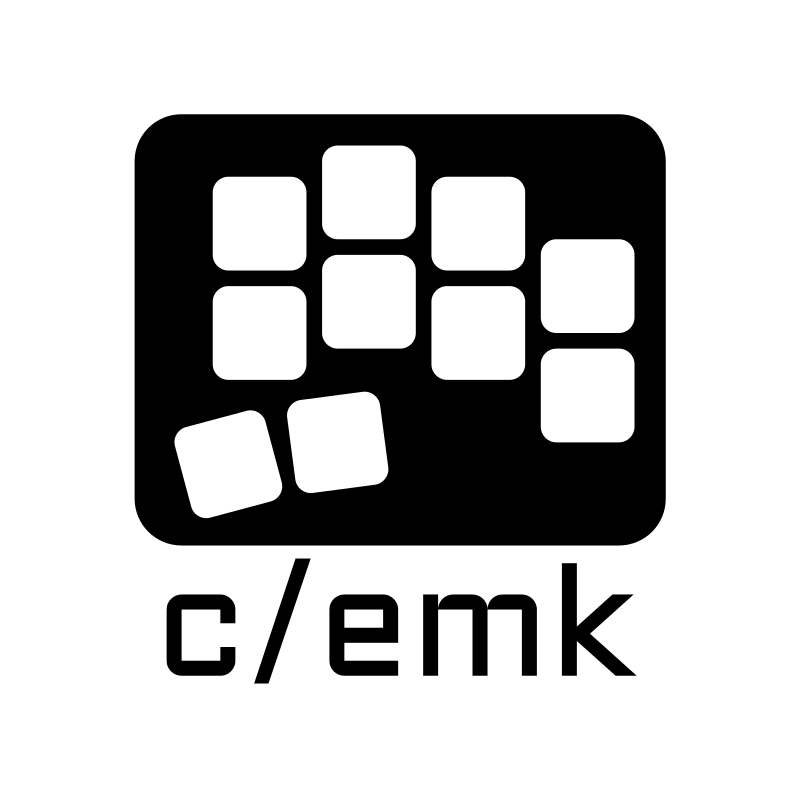you can also tip over a cube() by 45° and difference it from your object to take off an edge.
- 0 Posts
- 10 Comments

 1·1 year ago
1·1 year agohull() between 2 cubes would be my strategy for rhombo
https://github.com/wolfwood/navcaps
you can 3d print an adapter to place a thumbstick in an MX keyplate socket. and keycaps. 5 way switches tend to require more force than regular keyswitches, but a longer stem will offset that.
check out schiller’s fulcrum keyboard as well.

 2·1 year ago
2·1 year agoabsolutely recommend. i use the fine bevel (cone truncated at an angle) and regular? chisel tips. i don’t really like rounded cone tips, not enough surface contact.
do get the silicone usb cable, so you can solder with a (65W for full output) USB-C battery pack or charger.
there are some great 3D printable carrying cases too.
only caveat is the thing is so light, bumping the cable can knock it loose from a stand if its not enclosed.
also, don’t listen to peeps who say they don’t even tighten the screw when swapping tips. really bad idea.
check out the santoku for a 40% split with trackpoint. otherwise there’s lots of custom builds with trackpoints. recently there’s an experimental zmk driver, etc.
you could take my model and replace the cylindrical column spacing for pinkie and index with a flat spacing to have something less intense.
i don’t have a clone, but it would be easy to do, for the dactyl fingers. the columns have a standard spacing I believe and the rows are placed on a cylinder with some radius and and a fixed angle (π/32 radians maybe?). then you can either replicate the column and Z stagger they use or tune your own.
the DM thumb is actively bad for me tho so if start with a simple 3 key arc (i think there is a tester for the arc placement) and add and remove keys as you try it out.
my suggestion is to use a skeleton-edition style case so you print the minimum amount needed, and reuse the base plate. ie print only thumb plate til you get the position close, etc.
I’ve build a framework for this approach: https://github.com/wolfwood/tryadactyl
trying to link the keyboard parameters to measurable features of your hand helps some, but honestly there’s no substitute for typing on it and realizing what you don’t like :)
i’ve has a recent breakthrough (implementing hierarchical/delegated column placement) that makes merging multiple plates with differing centers of rotation just work when switching from an open case style to a closed case.
the readme says that your firmware enables pullups on clock and data lines but i don’t see that code in your keymap?